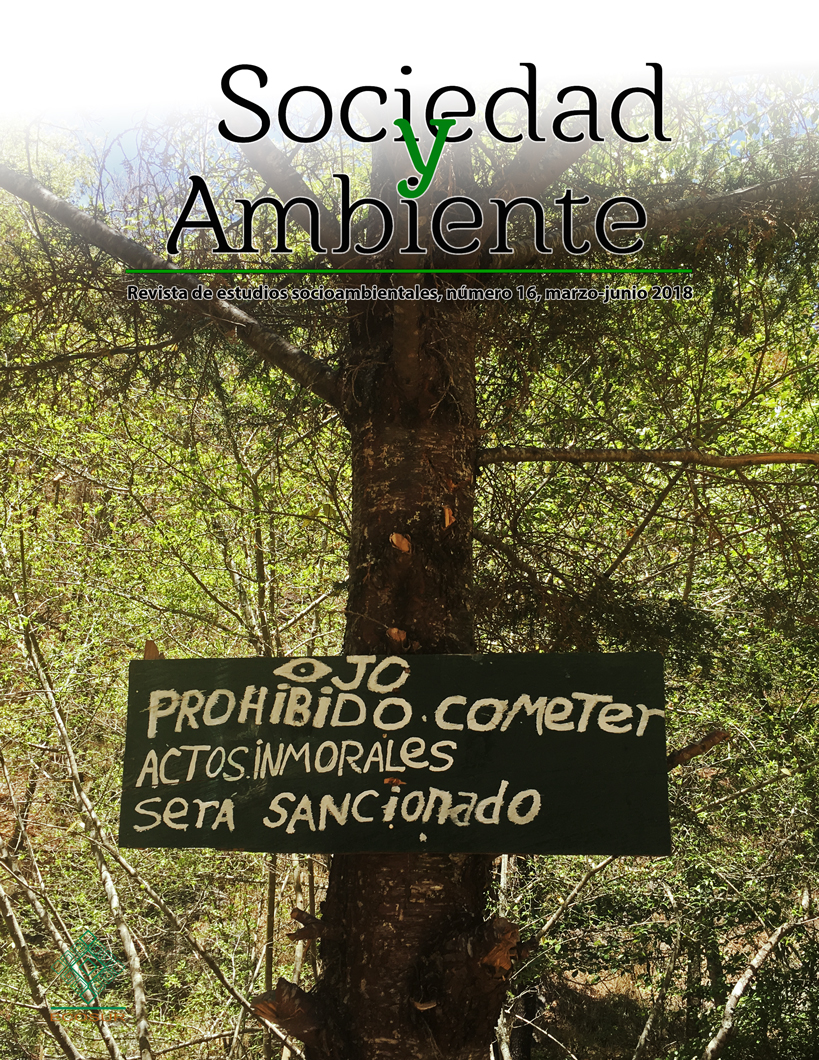Abstract
Rancho de La Luz, located in the municipality of Catorce, north of the Mexican state of San Luis Potosí, is home to the historic mine of Santa Ana. For more than two decades, this mine was inactive, as a result of which families in the community began to be employed in the growing tourist economy of the neighboring town of Real de Catorce. However, in 2009, the Canadian company First Majestic Corp. attempted to reactivate mining in Santa Ana. This immediately elicited strenuous opposition from a social movement called the Front for the Defense of Wirikuta (fdw), which managed to make the First Majestic initiative one of the most hotly debated issues on the national agenda and, eventually achieved the suspension of mining activities in the area. In the context of a public controversy regarding the social and moral legitimacy of mining, I seek to explore the relationship between the people of La Luz and the mining area of Santa Ana: How can they establish links with the Santa Ana mine and the company administering it when their livelihood is no longer related to mining work?

Sociedad y Ambiente by ECOSUR is licensed under a Creative Commons Reconocimiento-NoComercial-SinObraDerivada 2.5 México License

